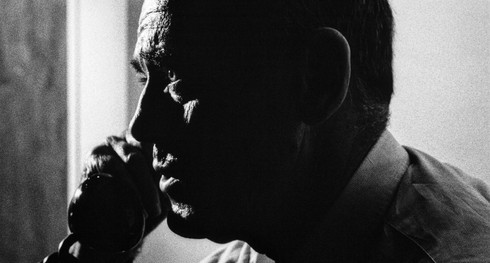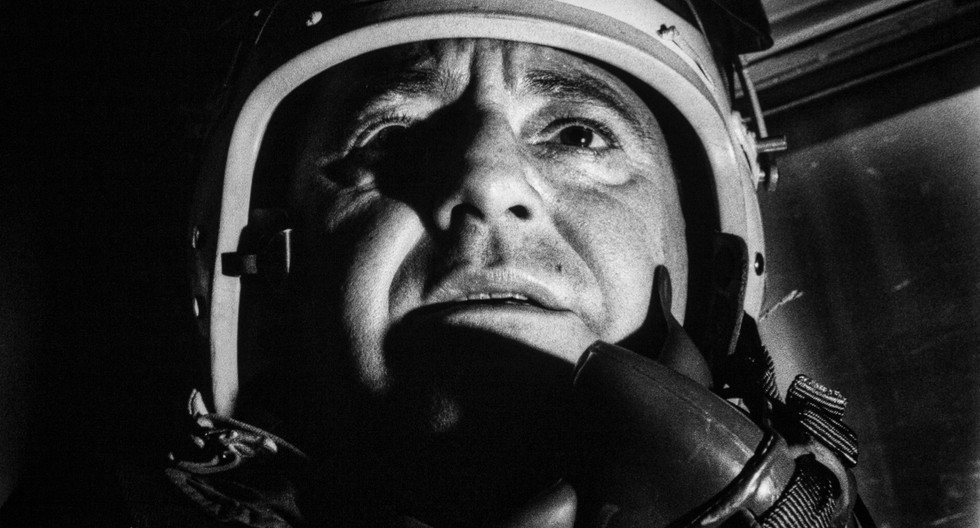“Fail-Safe,” Sidney Lumet’s Cold War classic, shines in Criterion’s hands
- Craig Shapiro
- Jan 27, 2020
- 4 min read
Updated: Jun 5, 2022
BLU-RAY REVIEW / FRAME SHOTS
U.S. military leaders inside the Pentagon's War Conference Room listen to the President played by Henry Fonda, as he tells the Soviet Chairman that a squadron of Strategic Air Command bombers carrying two 20-megaton hydrogen bombs each has been misguided to Moscow after a computer malfunction.
(Click an image to scroll through the larger versions)
“FAIL-SAFE: THE CRITERION COLLECTION”
Blu-ray, 1964, unrated, harrowing themes, frightening images
Best extras: A new, wide-ranging interview with critic J. Hoberman and an expansive essay by filmmaker Bilge Ibiri
GIVEN THE TONE of the times, it’s not really surprising that the powers that be told Sidney Lumet to keep looking.
The Bay of Pigs fiasco had played out in April 1961. That August, construction began on the Berlin Wall. Fourteen months later, the country was in the grips of the Cuban Missile Crisis, the same year—1962—that “Fail Safe,” the best-selling novel by political scientists Eugene Burdick and Harvey Wheeler, was serialized in The Saturday Evening Post.
And Lumet wanted to know if he could get a few shots inside the Strategic Air Command or stock footage of U.S. fighter jets for his adaptation of the Cold War thriller, a white-knuckle, documentary-style account of an accidental nuclear attack on Moscow. Lumet wasn’t just told no, he was cut off from the rental houses, too, forcing him, as he recalls in the 2000 feature “Revisiting Fail-Safe,” to take a “more simplistic approach.”
The opening of "Fail-Safe" is a shocker as Air Force General Warren Black (Dan O'Herlihy) has a reoccurring nightmare involving a bull being speared to death by a matador.
(1) Gen. Black tells his wife Katie (Hildy Parks) he should resign, "It would make the dream go away. I'm sure of that. They're connected." (2) Prof. Dr. Groeteschele (Walter Matthau) debates the winners and losers of thermonuclear war into the wee hours at a swanky party in Washington D.C.
That only played to his strengths. Lumet (“12 Angry Men,” “Dog Day Afternoon,” “Network”) did get a single bootleg shot of a jet that is used to good effect, and he turned to the gifted animators John and Faith Hubley to create the innovative command screen that dominates the movie. Still a thing of beauty, it generates more tension than reels of stock footage ever could.
But as critic J. Hoberman explains in a new, must-see interview included on this Criterion release, Lumet also tapped his experience directing live dramas during TV’s Golden Age. The tight close-ups, long silences and dramatic lighting create a palpable sense of almost-clammy claustrophobia that gives “Fail-Safe” an immediacy that makes it relevant today.
“We rehearsed it as a stage play,” says Dan O’Herlihy, who plays the heroic Gen. Black, in the “Revisiting” short.
Hoberman also discusses the film’s place in Hollywood’s Cold War canon, but reaches back several decades when he likens it to “Frankenstein.” It’s a great point—in that classic, man tried to restore his humanity after his creation spins out of control.
As it turned out, Columbia Pictures helped secure “Fail-Safe’s” belated place in film history when the studio released it six months after releasing Stanley Kubrick’s seminal Cold War satire, “Dr. Strangelove or: How I Learned to Stop Worrying and Love the Bomb.” Why the delay? Kubrick threatened to sue for copyright infringement. “Fail-Safe” arrived in the middle of the heated LBJ-Barry Goldwater presidential campaign, Hoberman says, and Johnson won the election when he drew on the film for his unforgettable “Daisy” commercial.
“Daisy” commercial
(1) Air Force General Bogan (Frank Overton) and Colonel Cascio (Fritz Weaver) give a tour to Congressman Raskob (Sorrell Booke) and defense contractor Mr. Knapp (Russell Collins) at the Ohama Strategic Air Command Nerve Center. (2) Prof. Groeteschele addresses military leaders with the possibilities of limited war. (3) Radar spots a UFO sighting near Hudson Bay and the bombers start to fly toward their fail-safe points on the perimeter of the Soviet Union.
Filmmaker Bilge Ibiri makes another telling point in his insightful essay: It’s almost impossible to discuss “Fail-Safe” without considering “Strangelove.” While they share significant structural and narrative similarities, Lumet’s film is “a direct expression of the human sense of tragedy that is ‘Strangelove’s’ defining absence.”
Little wonder. The cast is uniformly excellent, especially Henry Fonda as the president, whose honesty and integrity stand in stark contrast to the current occupant of the Oval Office, and Walter Matthau, still a few years away from establishing himself as a comedic star, as the hawkish political scientist who insists that a nuclear war can be won.
Larry Hagman is also memorable as the young translator who joins the president in the secure room as the film builds to what George Clooney, who played the U.S. bomber pilot in the 2000 live TV version of “Fail-Safe,” calls its inevitable “perfect ending.”
Criterion, which restored “Strangelove” several years ago, has pulled out the stops for this release. “Fail-Safe’s” 4K digital restoration was created from several sources, and while the detail isn’t pristine in some scenes, it shines elsewhere, especially in the dramatic close-ups. The restoration also is a testament to cinematographer Gerald Hirschfeld (“Young Frankenstein”): His stark contrasts are exceptional.
The original monaural soundtrack was remastered, too. One of the film’s great strengths is that there’s no score. Instead, the impassioned dialogue and foreboding sound effects speak volumes.
In “Revisiting Fail-Safe,” screenwriter Walter Bernstein (“The Train,” “The Front”), who was blacklisted during the 1950s, says that the timing was right for the film to be made—and that he, Lumet and producer Max E. Youngstein “all felt a sense of obligation” to make it. He closes with a quote from Ralph Waldo Emerson’s “Ode, Inscribed to W.H. Channing”:
“Things are in the saddle, And ride mankind.”
“Fail-Safe” belongs in your collection.
— Craig Shapiro
(1) General Bogan orders the guests from the command center, while the computer reads the UFO as a non-jet engine. Col. Cascio believes it could be a Soviet rocket and the bombers are ordered to stay in their fail-safe zones. (2) One of the bomber crews receives a message from the fail-safe box. "Check Ohama," says Colonel Grady (Edward Binns). "Can't get through, Colonel. Interference," says the airman. (3) The President is ordered to the White House bunker and tells Buck (Larry Hagman) the Russian translator, that one of the bomber groups got a wrong signal. (4&5) The squadron continues the mission toward Moscow.
(1&2) “Mr. Chairman, I'm calling you on a matter of great urgency," says the President. (3&4) Col. Grady's wife (Janet Ward) tries to convince her husband that the signal is false.









































Comentarios